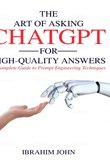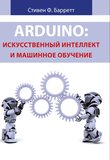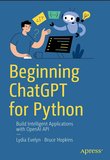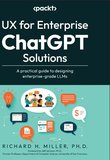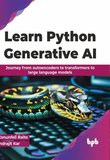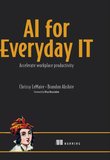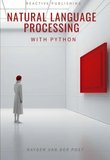-
.NET (.NET Core)
-
1C
-
APL
-
AWK
-
Agda
-
Agile/Scrum
-
Alef
-
Assembler
-
Basic
-
Beta Programming Language
-
Big Data/DataScience
-
C
-
C#
-
C++
-
CSS
-
Cobol
-
Crystal
-
D
-
Dart
-
DataBase (SQL)
-
Delphi
-
F#
-
Flutter
-
Fortran
-
GPT/AI/ИИ
-
GameDev
-
Git
-
Go (Golang)
-
HTML
-
Hacking and Security
-
Haskell
-
Java
-
JavaScript (JS)
-
Julia
-
Kotlin
-
Machine Learning (ML)
-
Natural language processing (NLP)
-
PHP
-
Pascal
-
Python
-
R
-
Ruby
-
Rust
-
Scratch
-
Swift
-
UML
-
UX/UI
-
Visual Basic
-
Wolfram
-
XML
-
АСУ
-
Проектирование/System Design
-
Сети/Network
-
Схемотехника/электронные схемы
-
.NET (.NET Core)
-
1C
-
APL
-
AWK
-
Agda
-
Agile/Scrum
-
Alef
-
Assembler
-
Basic
-
Beta Programming Language
-
Big Data/DataScience
-
C
-
C#
-
C++
-
CSS
-
Cobol
-
Crystal
-
D
-
Dart
-
DataBase (SQL)
-
Delphi
-
F#
-
Flutter
-
Fortran
-
GPT/AI/ИИ
-
GameDev
-
Git
-
Go (Golang)
-
HTML
-
Hacking and Security
-
Haskell
-
Java
-
JavaScript (JS)
-
Julia
-
Kotlin
-
Machine Learning (ML)
-
Natural language processing (NLP)
-
PHP
-
Pascal
-
Python
-
R
-
Ruby
-
Rust
-
Scratch
-
Swift
-
UML
-
UX/UI
-
Visual Basic
-
Wolfram
-
XML
-
АСУ
-
Проектирование/System Design
-
Сети/Network
-
Схемотехника/электронные схемы
Меню
AI Engineering: Building Applications with Foundation Models
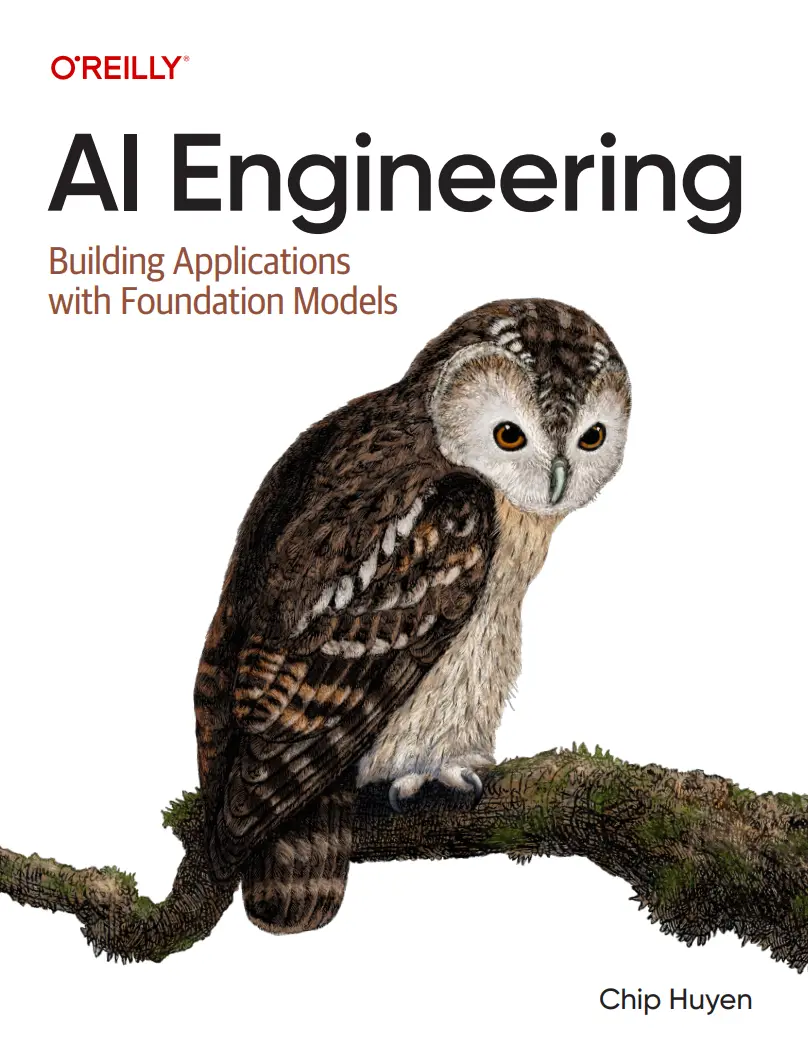
Автор: Huyen Chip
Дата выхода: 2025
Издательство: O’Reilly Media, Inc.
Количество страниц: 535
Размер файла: 31,9 МБ
Тип файла: PDF
Добавил: codelibs
Cover
Copyright
Table of Contents
Preface
What This Book Is About
What This Book Is Not
Who This Book Is For
Navigating This Book
Conventions Used in This Book
Using Code Examples
O’Reilly Online Learning
How to Contact Us
Acknowledgments
Chapter 1. Introduction to Building AI Applications with Foundation Models
The Rise of AI Engineering
From Language Models to Large Language Models
From Large Language Models to Foundation Models
From Foundation Models to AI Engineering
Foundation Model Use Cases
Coding
Image and Video Production
Writing
Education
Conversational Bots
Information Aggregation
Data Organization
Workflow Automation
Planning AI Applications
Use Case Evaluation
Setting Expectations
Milestone Planning
Maintenance
The AI Engineering Stack
Three Layers of the AI Stack
AI Engineering Versus ML Engineering
AI Engineering Versus Full-Stack Engineering
Summary
Chapter 2. Understanding Foundation Models
Training Data
Multilingual Models
Domain-Specific Models
Modeling
Model Architecture
Model Size
Post-Training
Supervised Finetuning
Preference Finetuning
Sampling
Sampling Fundamentals
Sampling Strategies
Test Time Compute
Structured Outputs
The Probabilistic Nature of AI
Summary
Chapter 3. Evaluation Methodology
Challenges of Evaluating Foundation Models
Understanding Language Modeling Metrics
Entropy
Cross Entropy
Bits-per-Character and Bits-per-Byte
Perplexity
Perplexity Interpretation and Use Cases
Exact Evaluation
Functional Correctness
Similarity Measurements Against Reference Data
Introduction to Embedding
AI as a Judge
Why AI as a Judge?
How to Use AI as a Judge
Limitations of AI as a Judge
What Models Can Act as Judges?
Ranking Models with Comparative Evaluation
Challenges of Comparative Evaluation
The Future of Comparative Evaluation
Summary
Chapter 4. Evaluate AI Systems
Evaluation Criteria
Domain-Specific Capability
Generation Capability
Instruction-Following Capability
Cost and Latency
Model Selection
Model Selection Workflow
Model Build Versus Buy
Navigate Public Benchmarks
Design Your Evaluation Pipeline
Step 1. Evaluate All Components in a System
Step 2. Create an Evaluation Guideline
Step 3. Define Evaluation Methods and Data
Summary
Chapter 5. Prompt Engineering
Introduction to Prompting
In-Context Learning: Zero-Shot and Few-Shot
System Prompt and User Prompt
Context Length and Context Efficiency
Prompt Engineering Best Practices
Write Clear and Explicit Instructions
Provide Sufficient Context
Break Complex Tasks into Simpler Subtasks
Give the Model Time to Think
Iterate on Your Prompts
Evaluate Prompt Engineering Tools
Organize and Version Prompts
Defensive Prompt Engineering
Proprietary Prompts and Reverse Prompt Engineering
Jailbreaking and Prompt Injection
Information Extraction
Defenses Against Prompt Attacks
Summary
Chapter 6. RAG and Agents
RAG
RAG Architecture
Retrieval Algorithms
Retrieval Optimization
RAG Beyond Texts
Agents
Agent Overview
Tools
Planning
Agent Failure Modes and Evaluation
Memory
Summary
Chapter 7. Finetuning
Finetuning Overview
When to Finetune
Reasons to Finetune
Reasons Not to Finetune
Finetuning and RAG
Memory Bottlenecks
Backpropagation and Trainable Parameters
Memory Math
Numerical Representations
Quantization
Finetuning Techniques
Parameter-Efficient Finetuning
Model Merging and Multi-Task Finetuning
Finetuning Tactics
Summary
Chapter 8. Dataset Engineering
Data Curation
Data Quality
Data Coverage
Data Quantity
Data Acquisition and Annotation
Data Augmentation and Synthesis
Why Data Synthesis
Traditional Data Synthesis Techniques
AI-Powered Data Synthesis
Model Distillation
Data Processing
Inspect Data
Deduplicate Data
Clean and Filter Data
Format Data
Summary
Chapter 9. Inference Optimization
Understanding Inference Optimization
Inference Overview
Inference Performance Metrics
AI Accelerators
Inference Optimization
Model Optimization
Inference Service Optimization
Summary
Chapter 10. AI Engineering Architecture and User Feedback
AI Engineering Architecture
Step 1. Enhance Context
Step 2. Put in Guardrails
Step 3. Add Model Router and Gateway
Step 4. Reduce Latency with Caches
Step 5. Add Agent Patterns
Monitoring and Observability
AI Pipeline Orchestration
User Feedback
Extracting Conversational Feedback
Feedback Design
Feedback Limitations
Summary
Epilogue
Index
About the Author
Colophon
Recent breakthroughs in AI have not only increased demand for AI products, they've also lowered the barriers to entry for those who want to build AI products. The model-as-a-service approach has transformed AI from an esoteric discipline into a powerful development tool that anyone can use. Everyone, including those with minimal or no prior AI experience, can now leverage AI models to build applications. In this book, author Chip Huyen discusses AI engineering: the process of building applications with readily available foundation models.
The book starts with an overview of AI engineering, explaining how it differs from traditional ML engineering and discussing the new AI stack. The more AI is used, the more opportunities there are for catastrophic failures, and therefore, the more important evaluation becomes. This book discusses different approaches to evaluating open-ended models, including the rapidly growing AI-as-a-judge approach.
AI application developers will discover how to navigate the AI landscape, including models, datasets, evaluation benchmarks, and the seemingly infinite number of use cases and application patterns. You'll learn a framework for developing an AI application, starting with simple techniques and progressing toward more sophisticated methods, and discover how to efficiently deploy these applications.
- Understand what AI engineering is and how it differs from traditional machine learning engineering
- Learn the process for developing an AI application, the challenges at each step, and approaches to address them
- Explore various model adaptation techniques, including prompt engineering, RAG, fine-tuning, agents, and dataset engineering, and understand how and why they work
- Examine the bottlenecks for latency and cost when serving foundation models and learn how to overcome them
- Choose the right model, dataset, evaluation benchmarks, and metrics for your needs
- Chip Huyen works to accelerate data analytics on GPUs at Voltron Data. Previously, she was with Snorkel AI and NVIDIA, founded an AI infrastructure startup, and taught Machine Learning Systems Design at Stanford. She's the author of the book Designing Machine Learning Systems, an Amazon bestseller in AI.
- AI Engineering builds upon and is complementary to Designing Machine Learning Systems (O'Reilly).
